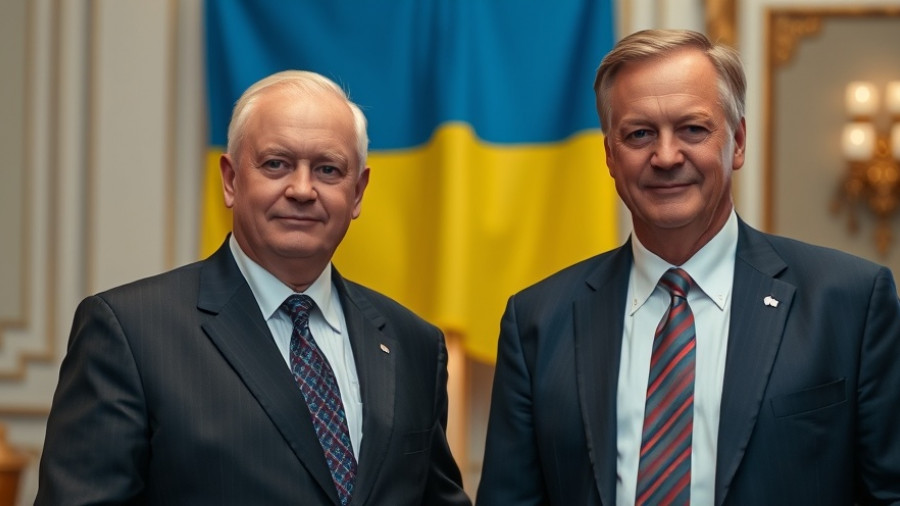
Zelensky's Urgent Push for Tomahawk Missiles
Ukrainian President Volodymyr Zelensky's crucial meeting with US President Donald Trump at the White House highlights the ongoing struggle for military support in the face of Russia's aggression. As Zelensky emphasizes the need for Tomahawk missiles—long-range weapons capable of striking deep into Russian territory—his request comes at a pivotal moment, just as Trump prepares to meet with Russian President Vladimir Putin in Budapest.
Mixed Signals: Missile Support in Question
Trump's previous support for military assistance to Ukraine seems to waver following his recent phone call with Putin, where the Russian leader expressed concerns over the impact of such military aid on US-Russia relations. This has raised doubts about Ukraine's chances of receiving the advanced weaponry it desperately seeks. Although Trump hinted he might consider arming Ukraine, he has also acknowledged the necessity of retaining Tomahawks for US defense, stating, "We can't deplete our country." This complex situation illustrates the precarious balance of international relations and military strategy.
The Broader Implications of US-Russia Talks
The upcoming Trump-Putin summit is designed to foster dialogue and potentially ease tensions arising from the ongoing war in Ukraine. Observers note that while Zelensky presses for military assistance, the dynamics of diplomacy could shift significantly based on the outcomes of these high-stakes discussions. Ukrainian Foreign Minister Andrii Sybiha suggests the prospect of missile talks has already prompted Putin to consider diplomacy seriously, advocating that demonstrating military strength could lead to momentum toward peace.
What Parents and Families Need to Know
As families follow these developments, understanding the implications of military support and diplomatic efforts is crucial. This situation not only affects political landscapes but also impacts the broader quest for stability and peace, which resonates with families seeking a secure future. Providing context for these discussions enables a more comprehensive grasp of the international relationships influencing safety and security.
Final Thoughts: The Path Forward
In this fluid geopolitical climate, the outcomes of Zelensky's meetings could significantly reshape the course of the conflict in Ukraine. As discussions unfold, the global community watches closely, hopeful that strengthened alliances and strategic military support could pave the way for long-lasting peace. Parents and families should stay informed, as the evolving dynamics of these international relationships will undoubtedly impact their lives and communities.
 Add Row
Add Row  Add
Add 




Write A Comment